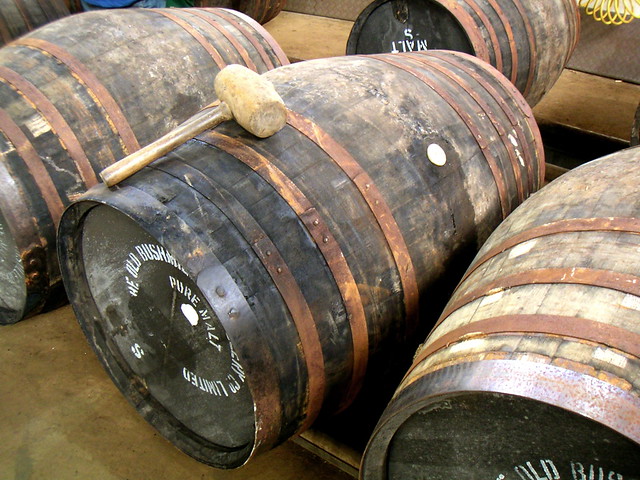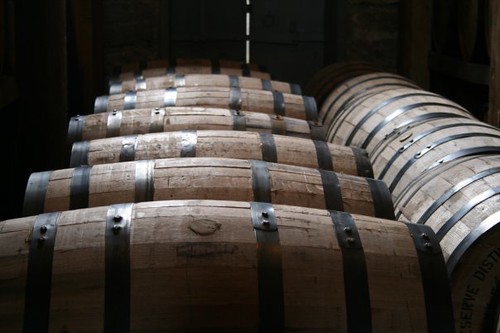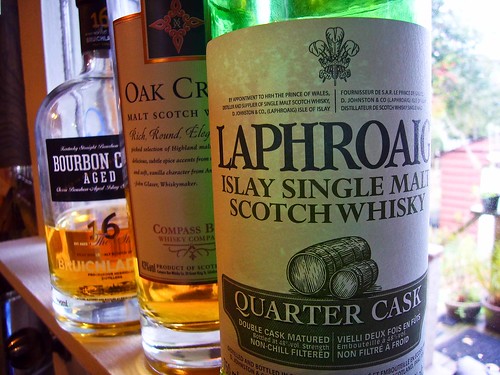All barrels are casks but not all casks are barrels
Casks are like the middle children of the aged spirits world. They don’t have the upscale industrial aura of the shining beacons of the spirits world — the stills that produce the spirits. Nor have they the multi-sensory appeal of the finished whiskey.
But casks play a huge role in helping shape the final flavor profile of not only spirits aged in them, but wine and beer, too. They can impart flavors as wide-ranging as vanilla, coconut, and oak, and — when charred on the inside — help charcoal filter the spirits into smooth-sipping glory.
The first thing to know about “barrels” for spirits is that this term is not technically a catch-all for any vessel used to age spirits. Rather, a “barrel” is a specific term of art in the beverage industry referring to a 50–53 gallon (180–200 liter) cask, often made of white oak.
For the all-encompassing term for the vessel that you age spirits in, “cask” is the preferred nomenclature.
Kind of like how we learned in kindergarten that all squares are rectangles, but not all rectangles are squares, the same holds true here: all barrels are casks, but not all casks are barrels.
A definitive list of all different types of casks is available here, but the main types to know for the purposes of American whiskey are:
- Gorda — 185 gallons. Made from American oak. Their large size makes aging a long and arduous journey through the decades (less oak surface area coming into contact with the liquid), so these casks are perhaps best used to marry different whiskeys.
- Port Pipe — 172 gallons. With European oak as their base, these cylindrical (dare we say “pipe-like”?) casks first age port and often reinvent themselves as second use barrels in Scotch distilleries. More recently, American craft distillers have taken a liking to them in helping expand American whiskey’s flavor horizons.
- Sherry Butt — 126–132 gallons. For ages, Scotch (and some Irish whiskey) distillers have looked to ex-sherry casks to finish their distillates and create some damn fine Scotches: Glendronach 12, Glenfarclas 15, Aberlour 10. Finishing Scotch in sherry casks has become so popular that a cottage industry in Spain has sprung up to cooper these European oak, slender casks; age unmarketable sherry (i.e. low-grade) sherry in them for 3 years; then distill the sherry into Spanish brandy. (For a nice look at why Scotch boomed in the 20th century while Irish whiskey wilted, read on here.)
- Hogshead — 59–66 gallons. Made from ex-bourbon barrels, often repurposed. Used especially in Scotland, coopers make hogsheads by taking apart ex-bourbon barrels and reassembling them into slightly larger casks with new ends. The slightly larger size of the hogshead allows distillers to store more barrels per square foot in their rickhouses. From whence did these porcine vessels derive their name, you may ask? From a 15th century English term “hogges head”, a unit of measurement at the time equivalent to 63 gallons.
- American Standard Barrel — 50–53 gallons. Constructed from new American white oak or (less often) European oak, American Standard Barrels are the go-to cask used by the most well-known bourbon distillers like Four Roses and Heaven Hill. Craft distillers, on the other hand, have found success aging bourbon in the next cask on this list. (Wondering what exactly qualifies as bourbon? We read your mind and wrote about that here.)
- Quarter Cask — 13 gallons. Manufactured to precisely 1/4 the size of an American Standard Barrel, quarter casks provide distillers with a method by which to more quickly age distillates. Quarter casks are the same proportions as American Standard Barrels, but with 1/4 the amount of whiskey in each, the increased surface area of oak to liquid helps age whiskey more quickly. Notable proponents of the Quarter Cask include American craft distilling scion Tuthilltown with their Hudson Baby Bourbon, and esteemed Scotch producer Laphroaig.
- Barracoon — 1 gallon. Roughly the size of the small oak ASW barrels you may have seen in local bars or available for purchase in our shop, the amount of wood in contact with such a small volume of liquid seriously fast-tracks the aging process. Not always optimally, either.
I'm sure all of this has you wondering what types of casks we'll be using. Well, for starters, we'll try a combination of quarter casks and American Standard Barrels. As we build up stocks, we'll move to mostly American Standard Barrels. That said, we'll also roll out some unique finishing methods in the not-so-very-distant future. We'll reveal those later, so be sure to stay connected with us by signing up for our email list or following us on social media.
Cheers!

 A Bushmills sherry butt
A Bushmills sherry butt
